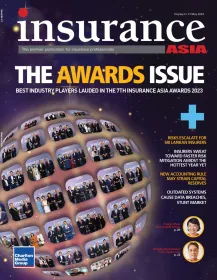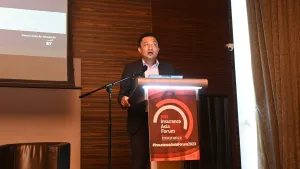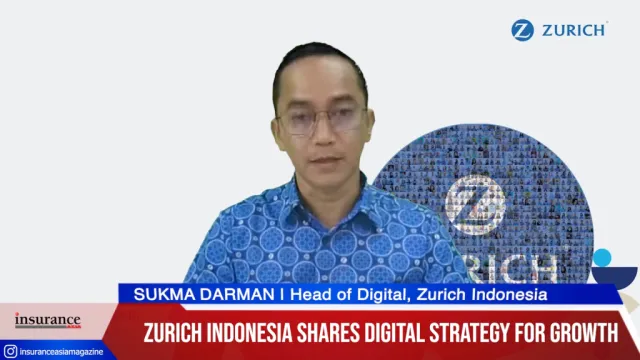Humanising insurance in Singapore through digitalisation
By Raymond OngDigitalisation can be a double-edged sword.
The insurance industry is extremely competitive, and it is an ongoing challenge for insurance companies in Asia to differentiate themselves. However, technological advancements have given them new opportunities for competitive differentiation, whether it is to improve customer experience through advanced analytics or bring more services online for easy access and consumption.
Digital transformation, however, can be a double-edged sword. In a rush to evolve with the times, insurers may get caught up in trends and jump onto digital bandwagons that may not be aligned to transformation objectives, such as gaining greater efficiency in all aspects of the insurance value chain whilst improving the customer experience. Hence, whilst important to be digital forward, insurers in technologically advanced countries like Singapore must retain the fundamental principle in being people first, whether in launching new products, offering new services or paying claims.
Insurance in the Digital Age
During the pandemic, customer engagement practice evolved rapidly. In place of face-to-face interactions, online services became the default for adherence to lockdown measures. This led to new shopping and buying habits and expectations and, in response, the demand for lifestyle insurance products and innovative shorter-term insurance products. Digital transformation strategies should be realigned so that insurers remain competitive.
Data can provide real-time insights across all aspects of the insurer's business value chain, such as customer management, operations, distribution, investment, risk management, product development and pricing. So, one of the ways is to introduce artificial intelligence (AI) and machine learning (ML) to better analyse and relate streams of data to tailor for more dynamic product releases, whilst mitigating risks with insights into customers, based on their individual profiles. Insurers that act quickly on data-driven insights can provide true end-to-end experiences for customers.
Again, all strategies must be customer-centric. Whilst online services are a quick way to address customer demands at digital speed, insurers must still be around to respond with empathy and diligence when customers need help. The online channel must, therefore, complement the traditional offline channel. When assisting customers who are faced with confusing or difficult situations, for example, insurers must remain human no matter online or offline.
Increasing accessibility for a new generation
Through the convergence of industries and the rise of embedded financing, insurers can also explore new sales channels and product innovation by collaborating with lifestyle companies that traditionally have no insurance offerings.
Transformative national policies like open banking, for example, allow for greater ecosystem participation in financial service providers. The Payment Services Act is also becoming familiar to more potential e-wallet service licensees, thus enabling insurers to collaborate with more digital platforms that target specific audiences.
An example is digital products that cater to an emerging generation of young consumers, which can be designed for less handholding than those targeting their older, less tech-savvy counterparts. If the products fit the audience's needs, and the collaboration roadmap is strategic, this would be a great way to gain inroads into previously underserved markets.
Digital insurance is humanising technology
When implemented effectively, digitalisation can transform the entire business by allowing insurers to better fulfil customer needs, deliver a better customer experience, increase collaborations, and provide more marketing opportunities. As we head towards greater connectivity and digitalisation, the insurance industry must consciously humanise technology for the "phygital" world.












 Advertise
Advertise












